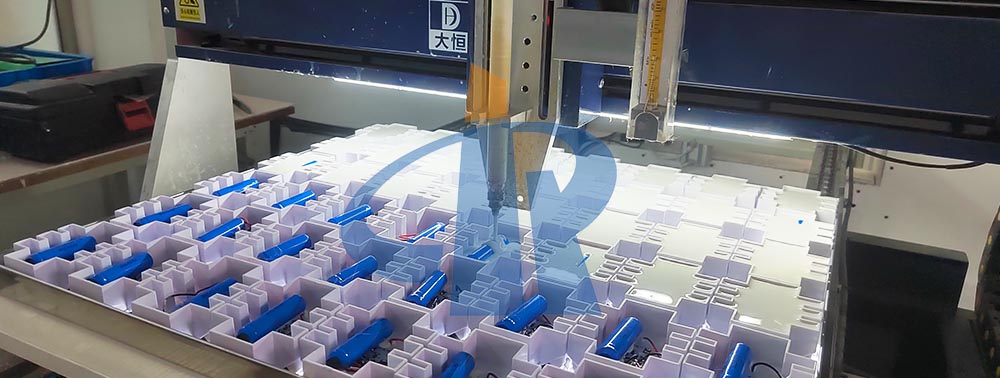Solar Road Studs in residential area is the
Solar Road Studs commonly used for road lighting in residential areas. It not only has high landscape viewing, but also integrates with the overall environment of residential areas.
Solar Road Studs creates night scenes with various shapes and rich lights.

What kind of
Solar Road Studs is right for your residential area?
1. Choose
Solar Road Studs from the affordability and production cost of
Solar Road Studs.
Materials made by
Solar Road Studs are aluminum alloy, iron and stainless steel. Aluminum has a lower boiling point than the other two materials, but it has good softness, and the cost of iron is low, but iron is easy to rust.
Solar Road Studs require more external protection treatment. Stainless steel is stronger than iron, the material cost is relatively high, and the manufacturing technology is difficult, but the stainless steel garden lights with high-end technology are higher-end and suitable for high-end usage scenarios.

2. Refer to
Solar Road Studs from a production technology perspective.
An important factor that determines the life of
Solar Road Studs is the life of the battery, and the choice of the battery is very important. There are two types of batteries on the market for reference as of 2014. One is that the battery capacity is reduced to 50% after 500 times of charging and discharging; the other is that after 1000 times of charging and discharging, the battery capacity is reduced to 79%.
The battery life must not only be long enough, but also be able to work normally in a larger temperature range.

There are chemical substances inside the battery. If the temperature is too high or too low, the battery will not work. The battery operating temperature range of
Solar Road Studs must meet the requirements of the actual use environment. The requirement of the Ministry of Transport is from -10 degrees to 50 degrees. The actual environment often exceeds this range, which places higher requirements on the battery.


